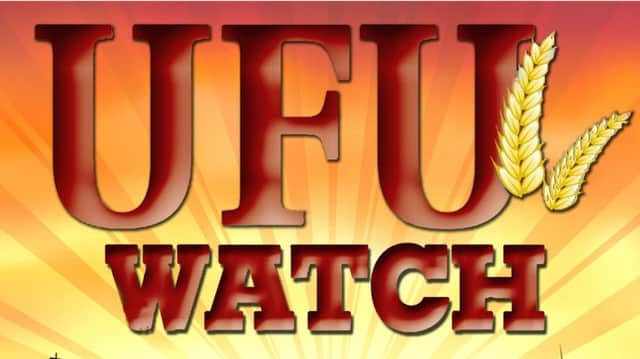Industry must act to develop Risk Management Strategy


The speakers presented innovative ideas such as risk insurance, hedging and long term sustainable financing as ways to bring stability back into the dairy supply chain, in other words an armoury of risk management tools.
Robbie Turner from Rice International provided a very interesting insight, not only into into the prospects for the sector over the next couple of years but his presentation also gave the delegates an explanation as to why the current crisis has lasted as long as it has and an overview on the nature of the risk we are facing. All in all contributing to one of the most damaging periods of price volatility for Northern Ireland dairying ever experienced.
Advertisement
Advertisement
Demand for dairy products has been relatively stable, yet supply by its very nature is subject to significant investment (either on-farm or at a processing level), therefore less flexible compared to demand. Supply gets stuck in temporary tranches and oversupply therefore occurs as the investment cycle comes to an end.
Under normal circumstances in the milk cycle, low prices send a signal to the farm to cut back production, but these signals are currently blurred and supply management measures will have little impact lifting the price, rather the low intervention floor price (which the UFU has sought to be raised) is distorting the market picture and keeping prices lower.
Another reason for the prolonged low milk prices is the destination of what he described as “marginal milk”. This milk is being traded in areas such as North Africa and South East Asia, where Fonterra have a strong foothold. In addition this milk is trading in petro-dollar economies (mainly the Middle East) where the low crude oil price is impacting upon the buying policy of the respective governments. Finally, depressed commodity prices continue to weigh heavily on dairy prices.
As far as the remainder of 2016 was concerned, prices are expected to remain low but stable.
Advertisement
Advertisement
Going forward Robbie set out two scenarios, from a risk management perspective, where upside risk would be the favourable scenario for the milk price and downsize risk representing the not so welcome option.
What next?
We need to strike while the iron is hot and to capitalise upon the momentum of this successful conference and for the industry to develop a risk management strategy.
The UFU will be leading the way along with other UK farming union colleagues in developing a strategy which will mitigate and protect farmers from facing the boom and bust cycle we have seen repeatedly over the last eight years.